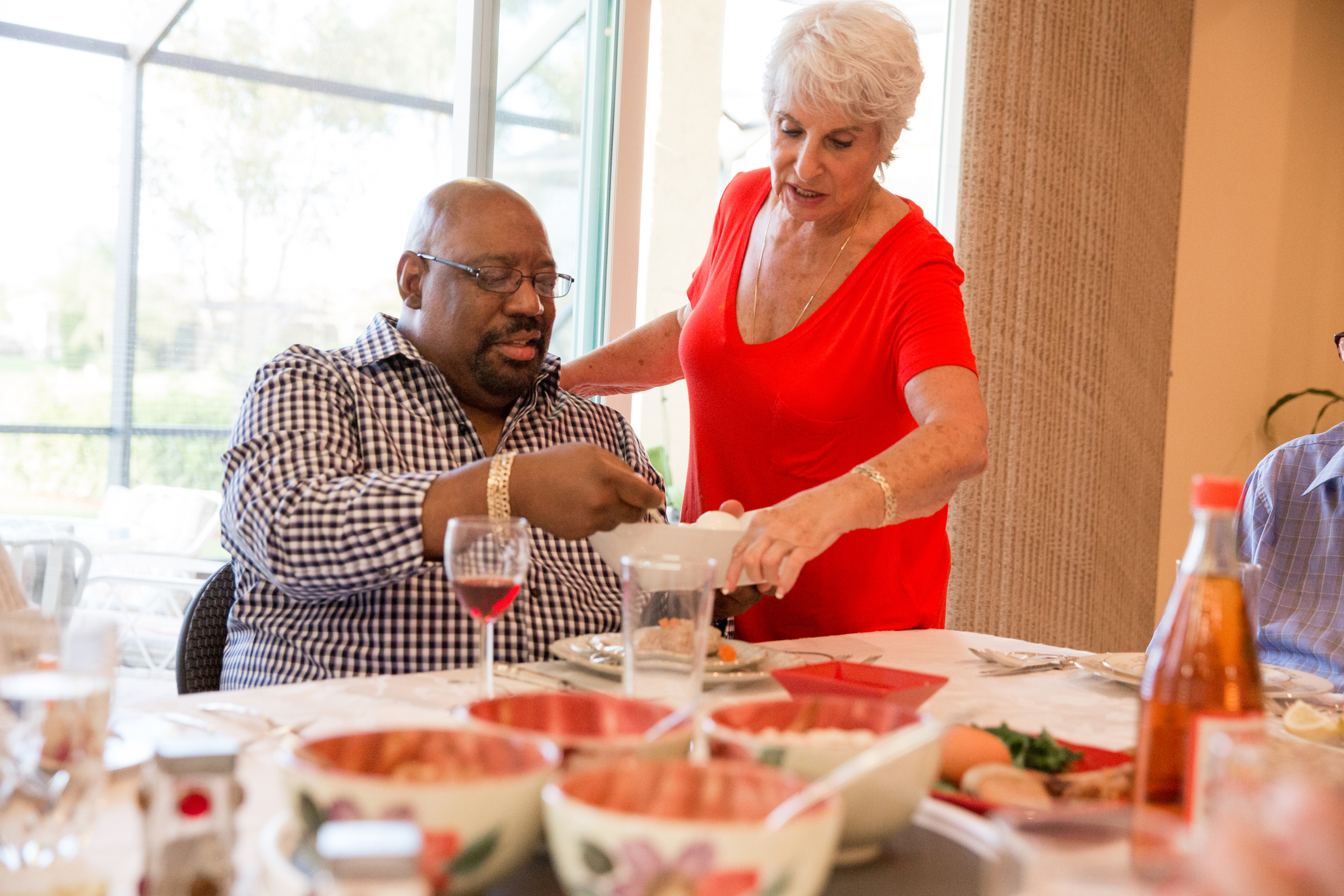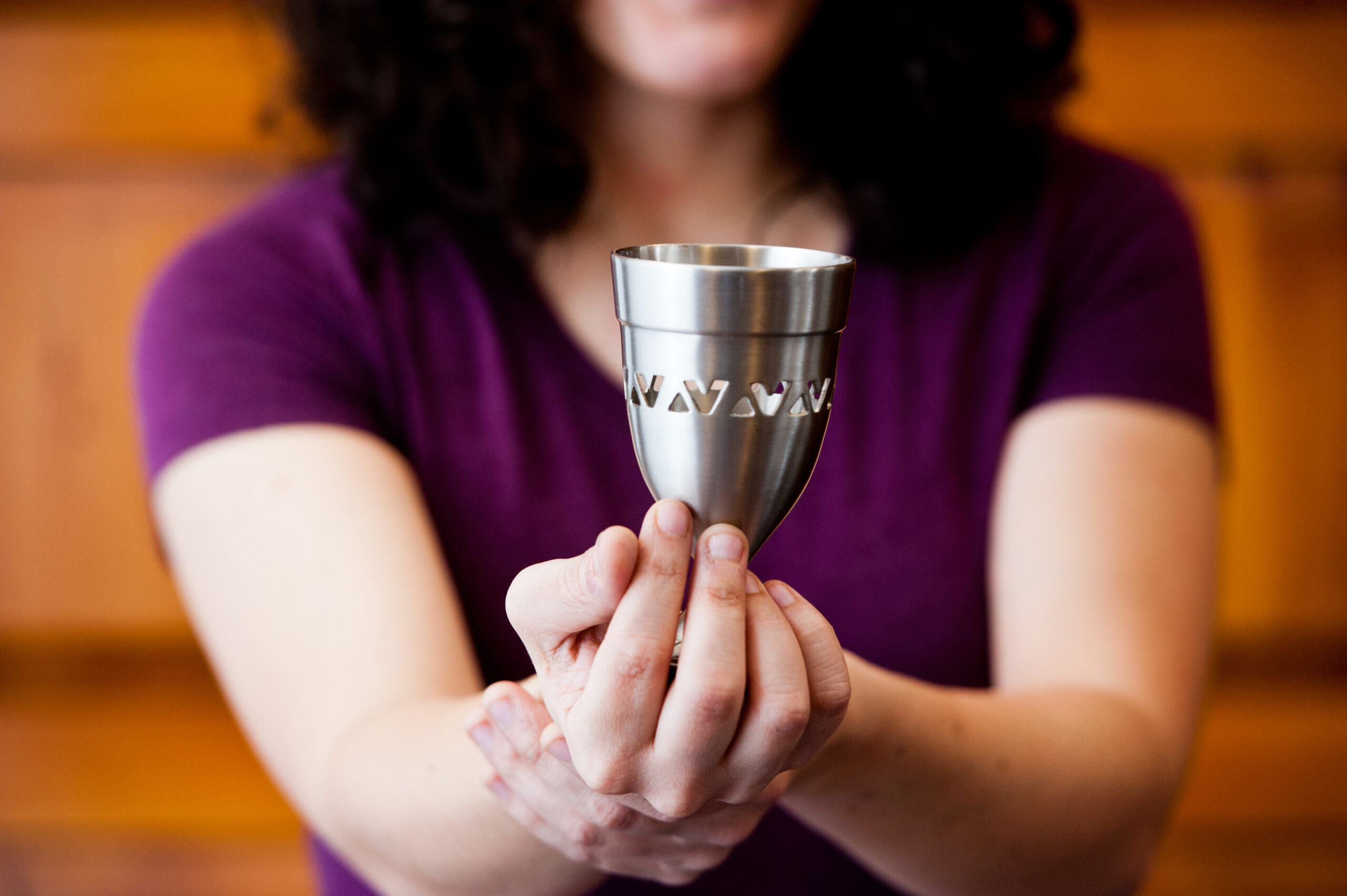The most successful home seders are the results of thoughtful planning and shared leadership. Before you hold your seder, think about who you want to invite, where and when you want to hold the seder. Think about how to “customize” a seder experience that will work for the group you are gathering. Will your seder be geared toward adults, children, or an intergenerational group? What will you ask each participant to contribute? Plan your menu, make shopping lists. And spend time thinking about what haggadah you want to use at your seder. You may choose to purchase one haggadah for everyone attending or a few different haggadot. You may undertake the project of creating your own haggadah, or you may choose to use a published haggadah in conjunction with a haggadah supplement you create specially for this year’s seder.
Consider asking seder guests to be responsible for any of the following. Often, guests will enjoy being part of the preparation tasks. They will lighten your load, which will be heavy as the seder nears, and they will add their own energy and ideas to the seder which can only make it more successful and meaningful. Invite guests to:
-
Prepare a part of the meal or a ritual food item
-
Select a favorite poem, story or quotation on a specific theme to share at the seder.
-
Come up with a creative way to teach or facilitate one section of the haggadah.
-
Bring a question they want to discuss during the seder.
-
Bring a meaningful object that represents the freedom or slavery they experienced this year to the seder.
-
Include tambourines and lyrics to English songs.
You can take a long-range approach and slowly and gradually over the course of many years introduce a limited number of feminist readings and symbols to your seder. In this case you might want to begin with a few supplemental readings rather than a whole new haggadah. Alternatively, you may choose to balance various needs by holding or attending multiple seders—making sure that at least one of the seders speaks to your need for innovation while the others might provide opportunity for family cohesion. Many find it easier to participate in a more traditional seder on one night of Passover, knowing that they will be attending an explicitly feminist seder on another night. If you decide to take control and lead the seder as you want, prepare to build in time for reactions and responses to any possible resistance.
Seders with young children or elderly people also deserve special forethought. If some participants need to go to sleep or eat at a certain hour, think about how to balance those needs with the desire of others for a more lengthly seder. Serve extra vegetables and dip early on in the seder during karpas. Consider moving a discussion or extra singing to a later optional time slot after the main seder has been completed.
Most importantly, have fun! Passover is a celebration of freedom!












